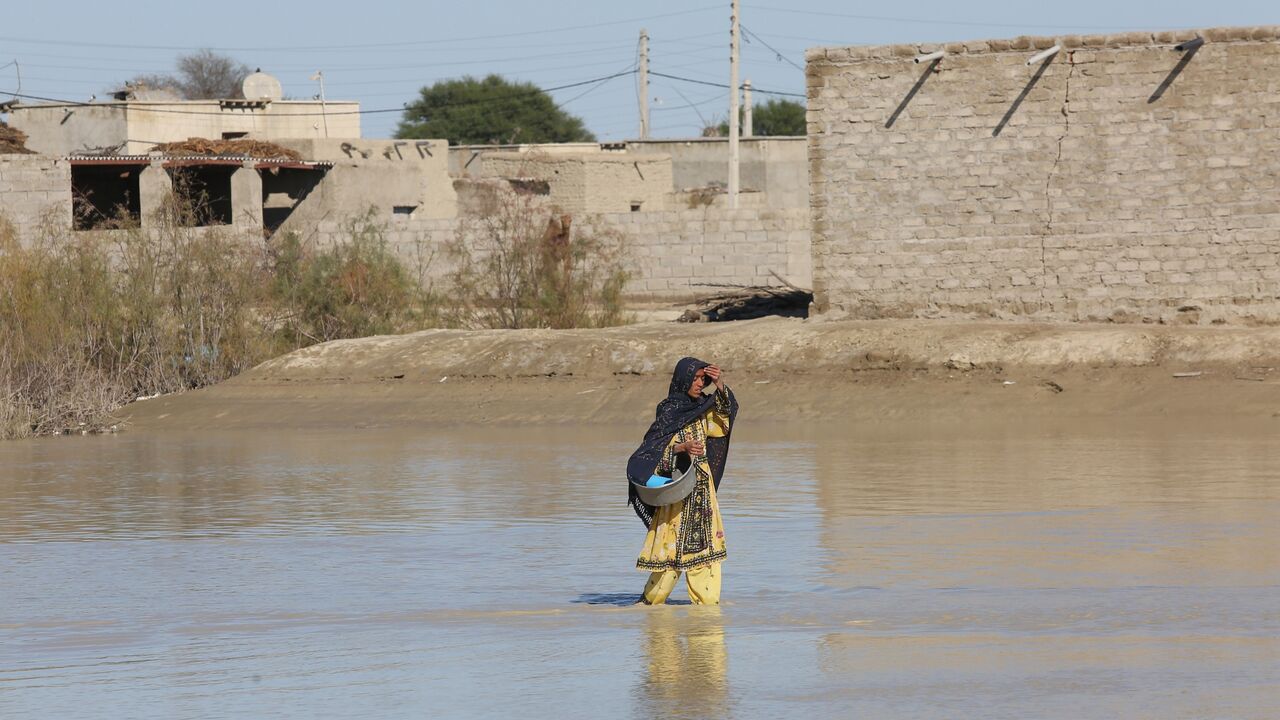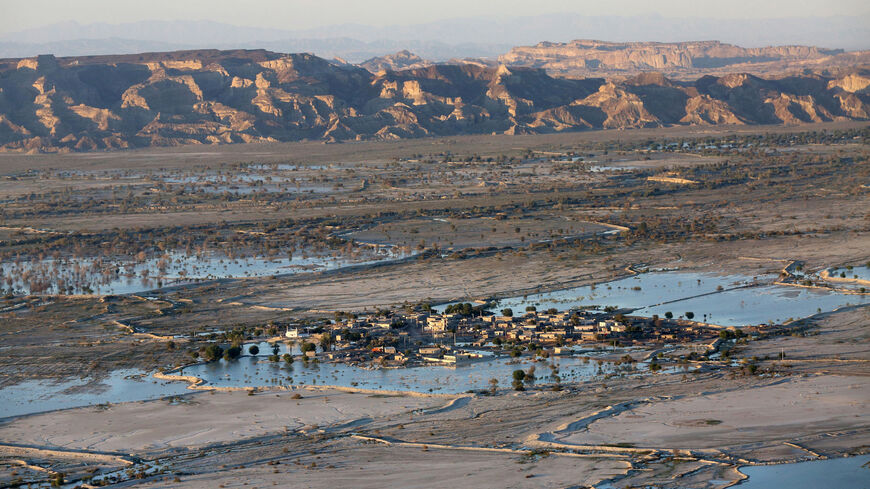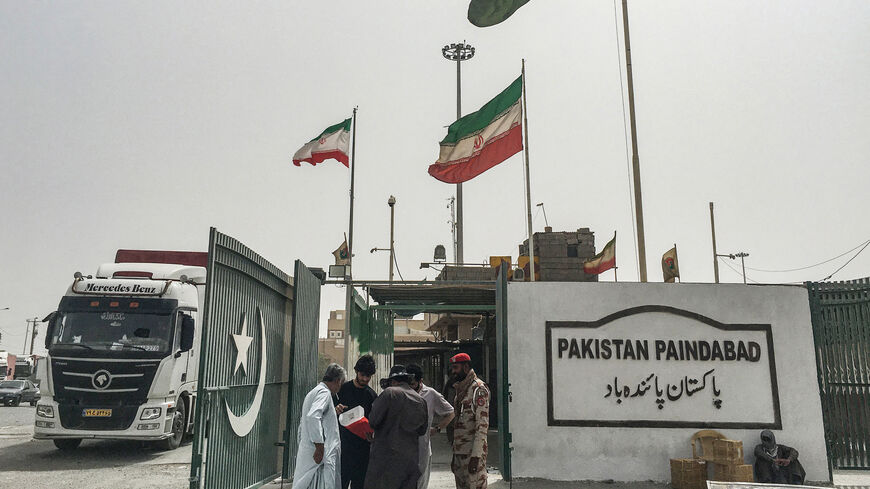Floods devastate Iran’s Baluchistan as losses exceed $40 million
Iran has been hit with severe flooding and significant drought in recent years, and the government has been accused of mismanaging the crises.

Recent flooding in troubled southeast Iran has caused millions of dollars in damage, state media reported on Monday.
The flooding in the Sistan and Baluchistan province has caused more than $40 million in damage so far, the province’s crisis management director, Majid Mohebbi, said on Monday. The losses have primarily affected roads, agricultural fields and residential infrastructure. The full extent of the losses is still being assessed, he added, according to the official Islamic Republic News Agency (IRNA).
The flooding began when heavy rains hit on Feb. 27, affecting more than 1,900 villages in Sistan and Baluchistan, per the IRNA.
Videos and images on Iranian social media showed devastating flooding in the area.
Why it matters: Flooding is a regular occurrence throughout Iran and is not limited to the Sistan and Baluchistan province. In November, Iranian authorities reported floods in Golestan and Mazandaran in the north along the Caspian Sea, Khuzestan in the southwest and other areas. There were also floods in the country in September, August and June of 2023.
4/ South-Eastern province of Sistan-Baluchistan is inundated with floods.
— Fereshteh Sadeghi فرشته صادقی (@fresh_sadegh) March 3, 2024
At least 2,000 villages and main roads affected by rising waters. Iran’s Red Crescent has sent 150 rescue and relief teams from 5 provinces to Sistan to help 10,000 flood-stricken people. pic.twitter.com/8oyyI7WSU0
In 2022, particularly devastating flooding left at least 80 people dead across Iran, Agence France-Presse reported at the time.
In addition to the floods, Iran is grappling with drought. The water scarcity in the country is being caused by rising temperatures related to climate change, according to a November report from the World Weather Attribution group.
The Iranian government has been accused of mismanaging the flooding in recent years. Bijan Khajehpour wrote for Al-Monitor in 2019 that poor coordination between government entities as well as legal ambiguities related to the National Disaster Management Organization exacerbated the effects of floods that year.
Know more: The Sistan and Baluchistan province is home to the Sunni Muslim Baluchi minority. The area has witnessed significant unrest in recent years due to clashes between Baluchi separatists and the Iranian government. The situation flared up in January when neighboring Pakistan struck alleged militant targets in Iran, leading to a diplomatic row. The two countries reconciled later that month when their foreign ministers met in Islamabad.
The tensions in the province have played out in the flood response. The US-funded news outlet Radio Farda reported on Monday that Iranian security forces barred the country’s top Sunni cleric, Molavi Abdolhamid, from visiting flood-affected areas in Sistan and Baluchistan.





